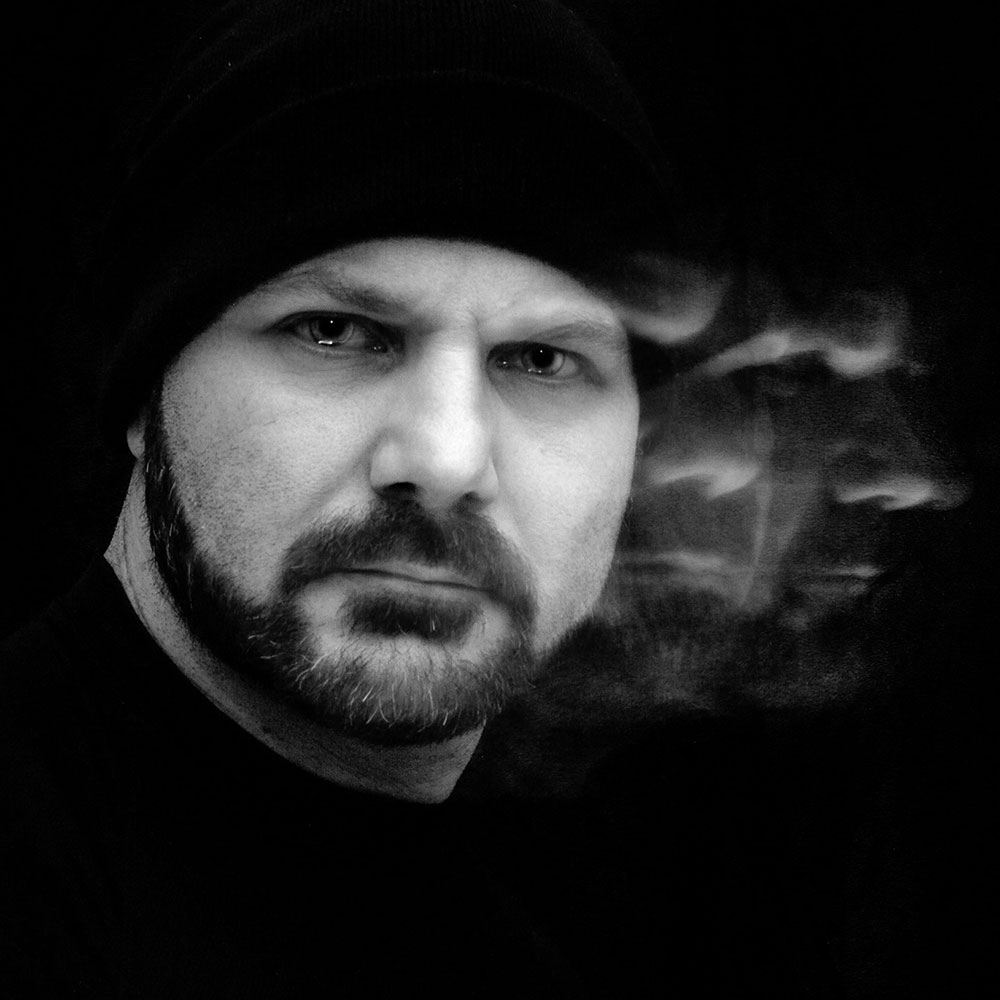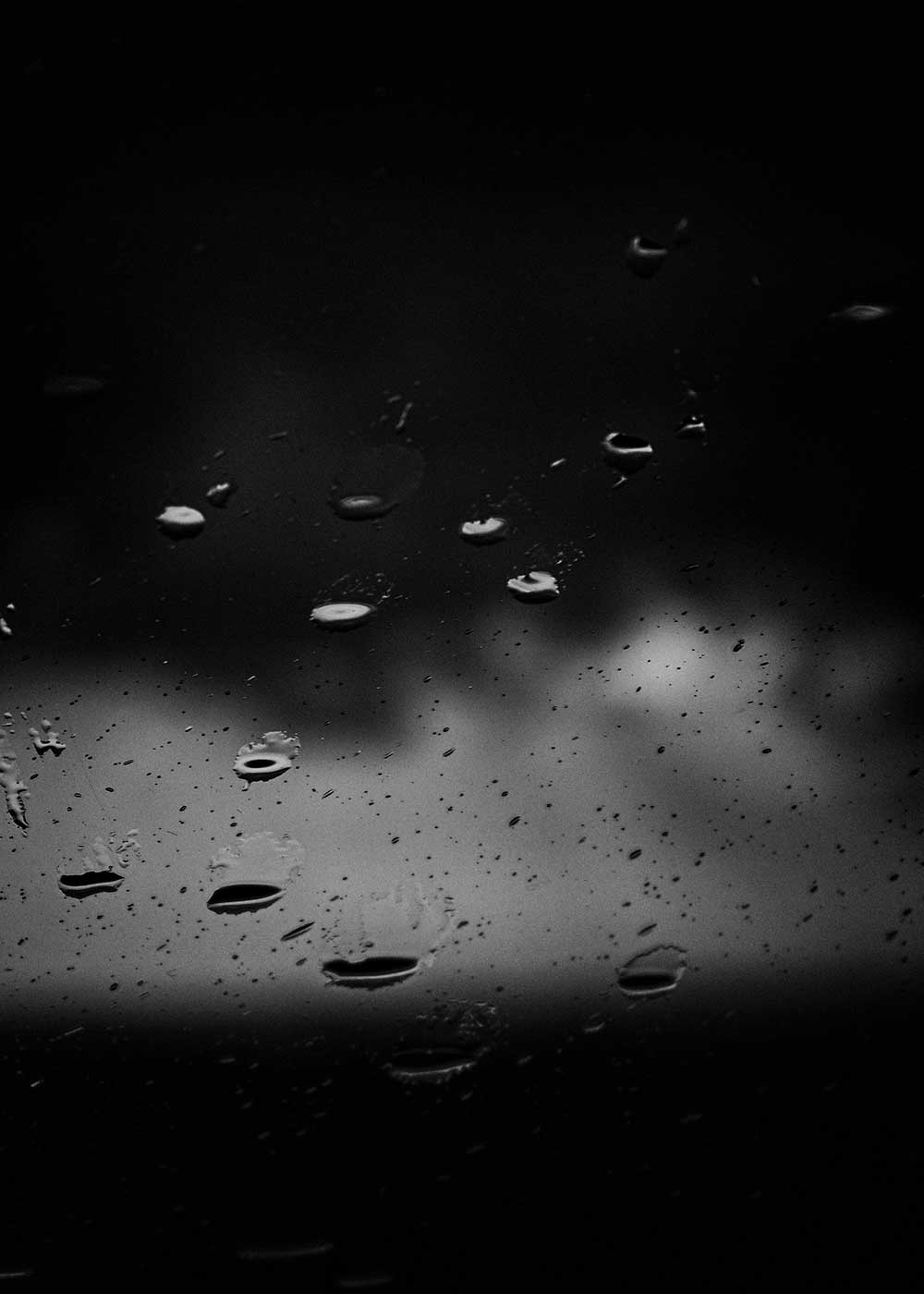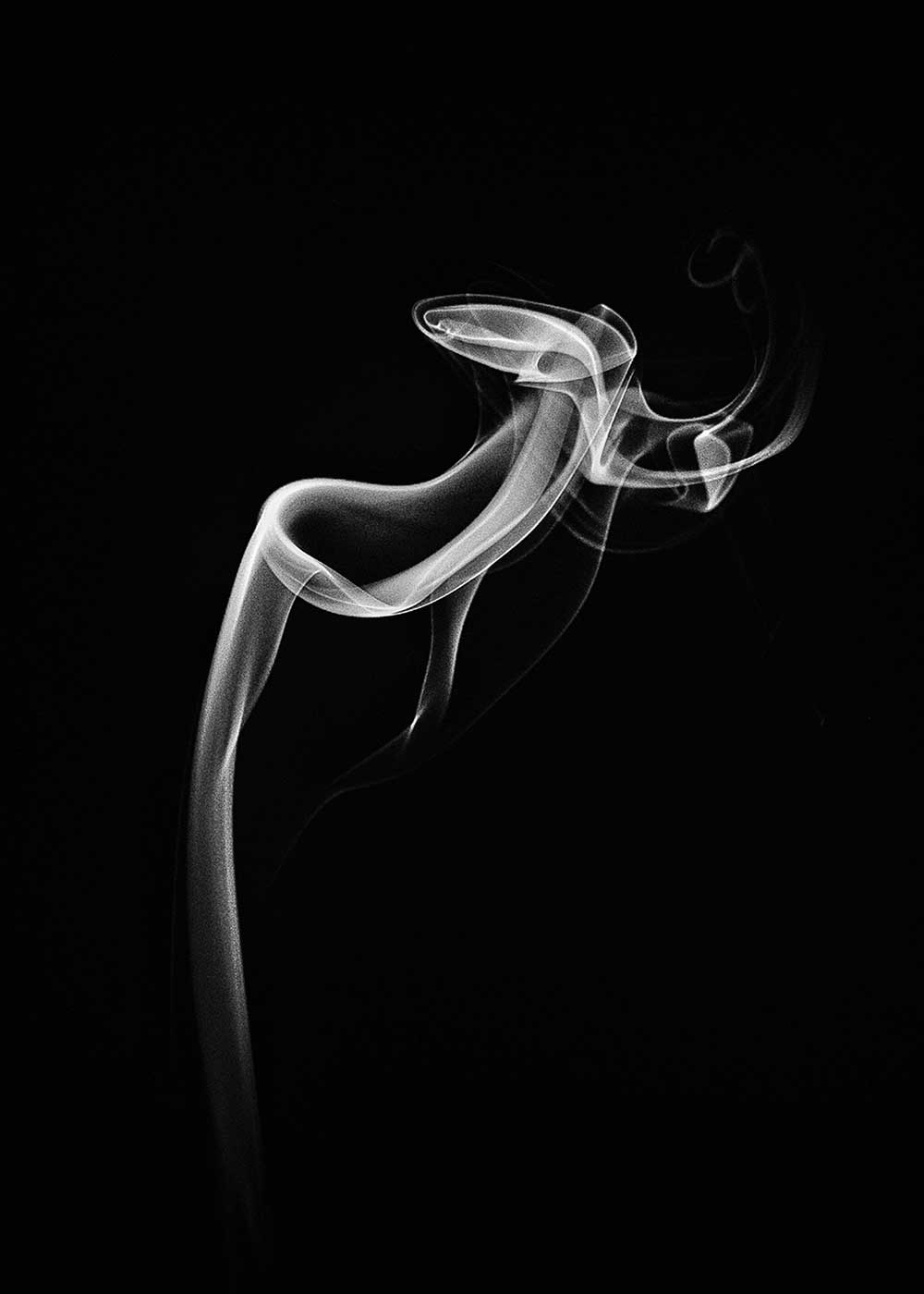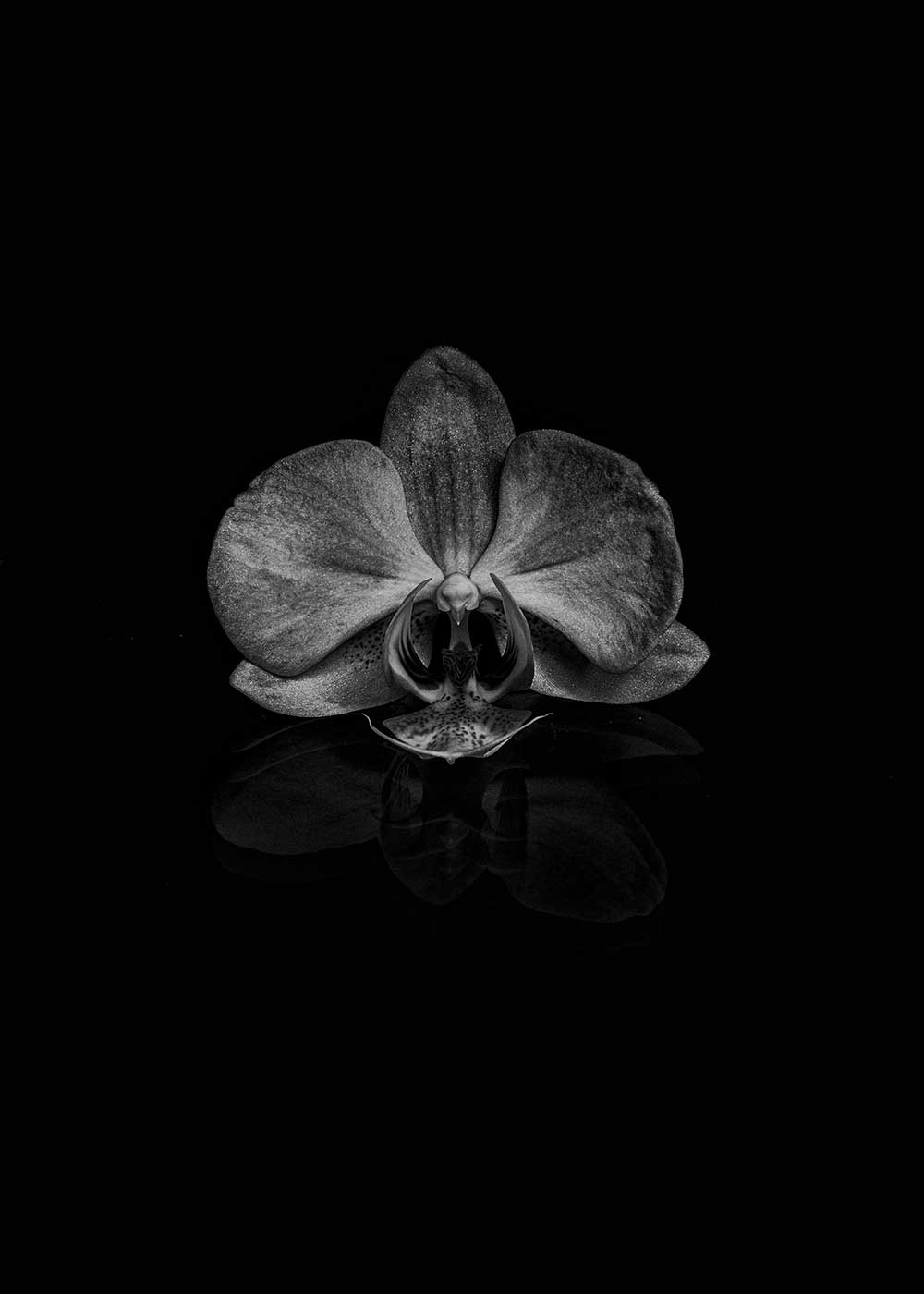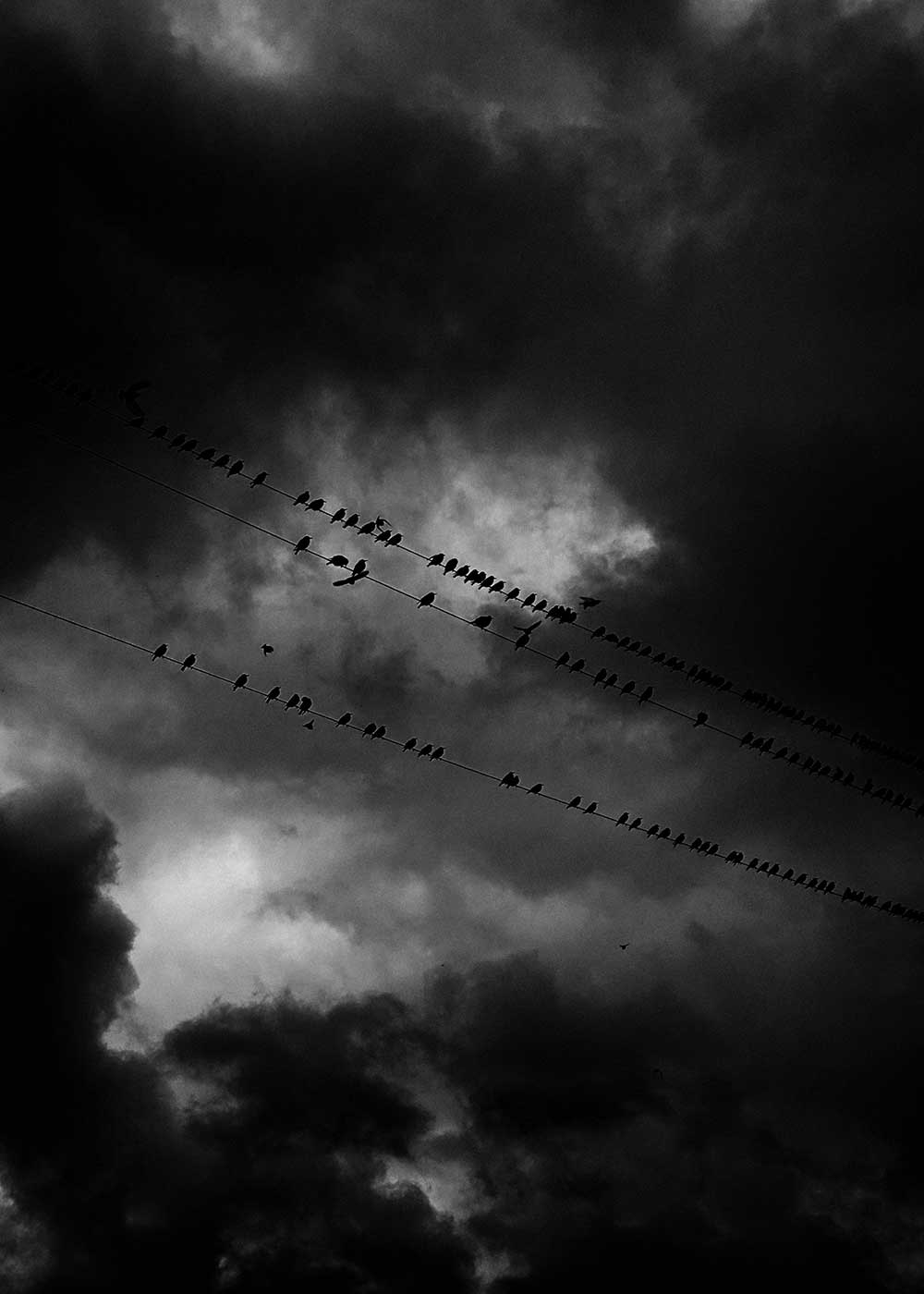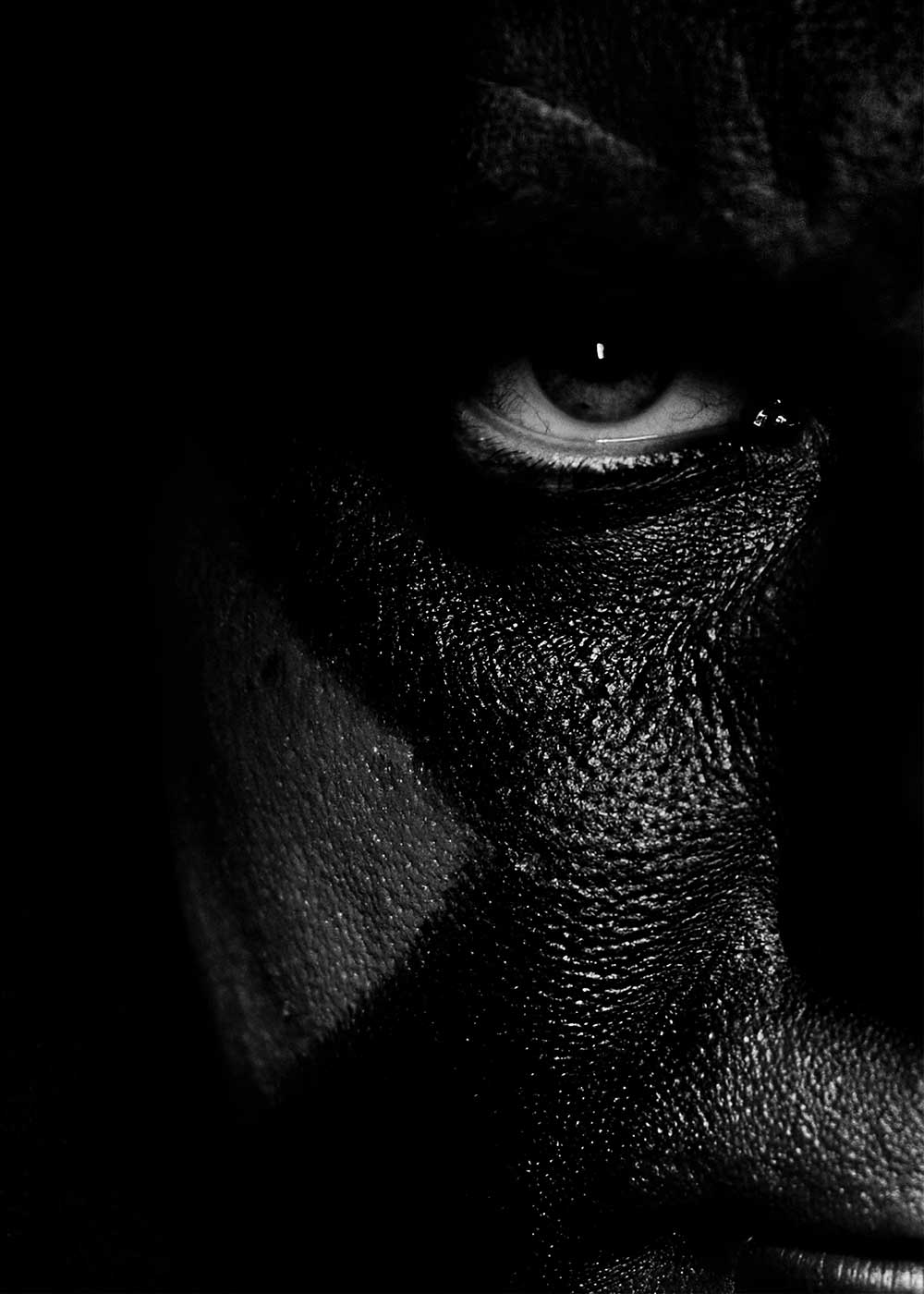“Outer Dark” by Sandro Matarrelli is an introspective journey that echoes the words of Mark Twain: “Everyone is a moon, and has a dark side which never shows to anybody”. This intimate and brave project takes us on a deep dive into our inner selves, a journey that is never easy as it beckons us to find a balance between light and dark, tension and peace, amidst an overwhelming and deafening silence.
Matarrelli invites us to reflect on the inner darkness we all carry, suggesting that this darkness is not inherently negative or positive but is significant in how we experience and engage with it. “Outer Dark” acknowledges and celebrates the transformative and enlightening power of inner darkness, exploring themes of love, loss, and the transcendental capability of memory. Through this work, the artist hopes to transport viewers back to their childhoods, inspiring a reconnection with the magic and wonder of the world around us.[Official Website]
Sandro, could you walk us through your initial foray into photography? What initially sparked your interest, leading you to embrace it as both a passion and profession?
I have always been fascinated by the world of images in its various facets, but my encounter with photography was partly by chance and partly out of necessity. I attended a basic course which then opened up a world to me and from there I never stopped, I continued my studies up to a professional level and to this day I continue to keep myself constantly updated.
“Outer Dark” is a deeply personal and introspective project. Can you elaborate on the inception of this idea and what motivated you to explore and visualize such intimate themes?
“Outer Dark” was a challenge, a way of expressing myself. In photography I don’t like labels but I’m normally more of a street photographer. At a certain point, however, I felt the need to also express other things through photography. Things that are part of me. Then the need was born in me to find a way to express this side. For this reason, I attended an editing and photographic sequence course with the Italian photographer Fabio Moscatelli who provided me with the means of a new language. “Outer Dark” was born during this course. Once the path was shown to me it was natural for me to continue it because I now had the means to do so.
Given the personal nature of “Outer Dark”, how challenging was it for you to navigate through your emotions while working on this project? Did you encounter any internal resistance or revelations during the process?
Everything was quite natural precisely because it was mainly my need to want to express some things. When we talk about ourselves the risk we run is that of not being completely honest. Photography, on the other hand, gave me the opportunity to open up completely. Even if I’m talking about myself, in the end everyone can see what they want in the photos
The project speaks to the struggle of balancing light and dark within ourselves. Can you share some insights on how you’ve navigated through this delicate balance in your own life, and how it has influenced your approach to photography?
I went through dark periods that made me discover a side of myself that I didn’t know. This is exactly what led me to see things differently. That’s what “Outer Dark” is about. We must take darkness not as a negative side but as something that leads to growth, to a new awareness that pushes us to seek our daily life along different paths. My photography is definitely influenced by who I am and therefore also the approach itself
Your journey has been unique, having served in the Italian Army and later delving into photography. How have your life experiences, especially in different cultural and high-stakes environments, influenced your perspective and style in photography?
Seeing places and cultures tormented by war inevitably leaves an indelible mark on life. It certainly changes the way of seeing things and therefore inevitably influences the style in photography
Can you discuss your technical approach and artistic process while working on “Outer Dark”? How did you ensure that the visual imagery effectively conveyed the thematic depth and emotional intricacies you intended?
I actually just tried to be as honest with myself as possible. The result I obtained is a sequence of photos which in the end are perfectly interchangeable with each other without this changing the meaning. Perhaps the thing that surprised me the most was precisely this result because I didn’t deliberately look for it but it arrived spontaneously and perhaps this is the strength of the project
As an artist, you’re engaging with themes of self-reflection, darkness, and personal growth. How do you hope viewers will engage with and respond to your work? What conversations or reflections do you hope to inspire through “Outer Dark”?
“Outer Dark” has also become a Fanzine so another way for people to see the work. I was really surprised by the feedback and reactions I got from those who saw the work. It was born as a personal need of mine. Seeing people who somehow identify with certain concepts and also in the way they are expressed was the greatest satisfaction for me. I certainly didn’t have this expectation initially
You’ve mentioned that you joined photography groups in Italy, which have propelled you towards exploring authorial photography. How has being part of these collectives influenced and shaped your photographic journey and style?
I think that in photography comparison with others is important. Being part of photography groups allows you to grow because you have the opportunity to see other points of view and receive feedback. Personally I also like to participate in courses or workshops of various types which do not necessarily reflect my way of seeing photography but which always add a new element to my experience
Given that “Outer Dark” is focused on inner reflection and self-discovery, do you see this theme extending into your future projects? Can you share any plans or ideas you’re contemplating for upcoming works?
As I said, for me this work was born as a personal need to express different things. Therefore, these issues will certainly be addressed again in my future works. To do that I need to feel it, so I don’t know when it will happen. So for now I’m participating in projects with my photography groups when I feel ready I’ll probably start with something that will follow up on “Outer Dark”.
Finally, as someone who has taken a self-driven and unique path in photography, do you have any advice or insights for aspiring photographers who are embarking on their own journey in the field?
The only thing I can say is to always believe in yourself and what you do. In the world of photography it is easy to get lost following this or this, which is why the fixed point must remain one’s own thoughts. If you are convinced of your work and what you do, you must continue regardless of external voices that often lead to dead ends. You can listen to everything and everyone but you must not lose your way, this is the most important thing in my opinion.



